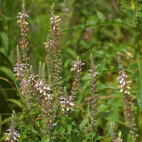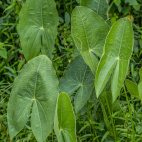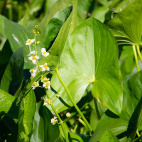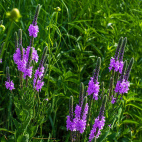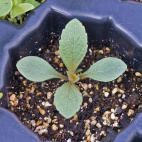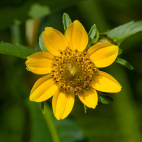Color
Availability
USDA Zone
Region
Type
Duration
Season
Germination
Soil
Sunlight
Height
Use
Narrow Your Search
Color
Availability
USDA Zone
Region
Type
Duration
Season
Germination
Soil
Sunlight
Height
Use
Wildflower Seeds - California Region
The wildflower species listed in the California Region are those that would grow well in the Central Valley as well as the coastal areas of Southern California. If you are in the mountains you might want to check out the Mountain Region, or if you are in the desert areas in the south, you'll want to look at the Dry West Region. The species of bulk wildflowers listed on this page are those that are either native here, or are annuals that grow well in this zone. There are hundreds of bulk California wildflower seeds to choose from, so please use the filters along the left side of the screen to narrow your search to match your soils, lighting, and any other attributes that you may want. If you are looking for something that is strictly native to your immediate area, you can check out the distribution map that is found on the detail pages of most of the species.
-
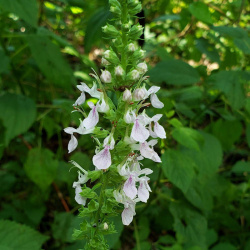 American Germander Seeds
Teucrium canadense
Clustered on velvety spikes, these pink to lavender flowers attract butterflies and hummingbirds. This native perennial is also known as Wild Basil, but we don't recommend consuming it.Quick View$3.48 Pkt - $30.00 / Oz
American Germander Seeds
Teucrium canadense
Clustered on velvety spikes, these pink to lavender flowers attract butterflies and hummingbirds. This native perennial is also known as Wild Basil, but we don't recommend consuming it.Quick View$3.48 Pkt - $30.00 / Oz -
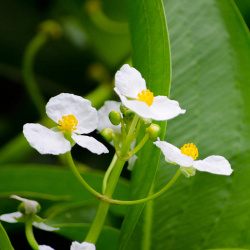 Common Arrowhead Seeds
Sagittaria latifolia
Native to ponds, streams, and marshes, this perennial is known by its arrowhead-shaped leaves and white three-petaled flowers. This plant is also known as Duck Potato because it grows tubers that the ducks like to eat.Quick View$3.48 Pkt - $36.00 / Oz
Common Arrowhead Seeds
Sagittaria latifolia
Native to ponds, streams, and marshes, this perennial is known by its arrowhead-shaped leaves and white three-petaled flowers. This plant is also known as Duck Potato because it grows tubers that the ducks like to eat.Quick View$3.48 Pkt - $36.00 / Oz -
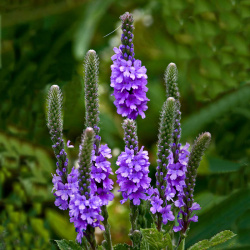 On Sale!
Hoary Vervain Seeds
Verbena stricta
This is the hairy member of the vervain family that sports larger flowers than the cousins. It also is different in that it thrives in dry soils, instead of the damp stuff that the cousins prefer. But like the cousins, this native perennial does attract butterflies and pollinators.Quick Viewx
On Sale!
Hoary Vervain Seeds
Verbena stricta
This is the hairy member of the vervain family that sports larger flowers than the cousins. It also is different in that it thrives in dry soils, instead of the damp stuff that the cousins prefer. But like the cousins, this native perennial does attract butterflies and pollinators.Quick ViewxHoary Vervain Seeds
Verbena stricta
This is the hairy member of the vervain family that sports larger flowers than the cousins. It also is different in that it thrives in dry soils, instead of the damp stuff that the cousins prefer. But like the cousins, this native perennial does attract butterflies and pollinators.
$3.48 Pkt - $12.65 / Oz -
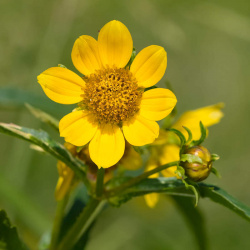 Nodding Bur Marigold Seeds
Bidens cernua
The heads of this bright yellow wildflower nod downward with time, earning its descriptive name. The wet-loving plant thrives in swamps, bogs, ponds, and riverbanks.Quick Viewx
Nodding Bur Marigold Seeds
Bidens cernua
The heads of this bright yellow wildflower nod downward with time, earning its descriptive name. The wet-loving plant thrives in swamps, bogs, ponds, and riverbanks.Quick ViewxNodding Bur Marigold Seeds
Bidens cernua
The heads of this bright yellow wildflower nod downward with time, earning its descriptive name. The wet-loving plant thrives in swamps, bogs, ponds, and riverbanks.
$3.48 Pkt - $26.00 / Oz -
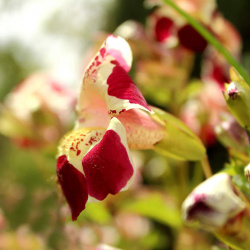 Out Of Stock
Tiger Monkey Flower Seeds
Mimulus tigrinus
This showy annual produces large, creamy yellow flowers that are splashed with red. This wildflower is a nice addition to ornamental gardens, wetlands, or bog plantings.Quick Viewx
Out Of Stock
Tiger Monkey Flower Seeds
Mimulus tigrinus
This showy annual produces large, creamy yellow flowers that are splashed with red. This wildflower is a nice addition to ornamental gardens, wetlands, or bog plantings.Quick ViewxTiger Monkey Flower Seeds
Mimulus tigrinus
This showy annual produces large, creamy yellow flowers that are splashed with red. This wildflower is a nice addition to ornamental gardens, wetlands, or bog plantings.
$3.48 Pkt - $22.17 / Oz
The wildflower species listed in the California Region are those that would grow well in the Central Valley as well as the coastal areas of Southern California. If you are in the mountains you might want to check out the Mountain Region, or if you are in the desert areas in the south, you'll want to look at the Dry West Region. The species of bulk wildflowers listed on this page are those that are either native here, or are annuals that grow well in this zone. There are hundreds of bulk California wildflower seeds to choose from, so please use the filters along the left side of the screen to narrow your search to match your soils, lighting, and any other attributes that you may want. If you are looking for something that is strictly native to your immediate area, you can check out the distribution map that is found on the detail pages of most of the species.







